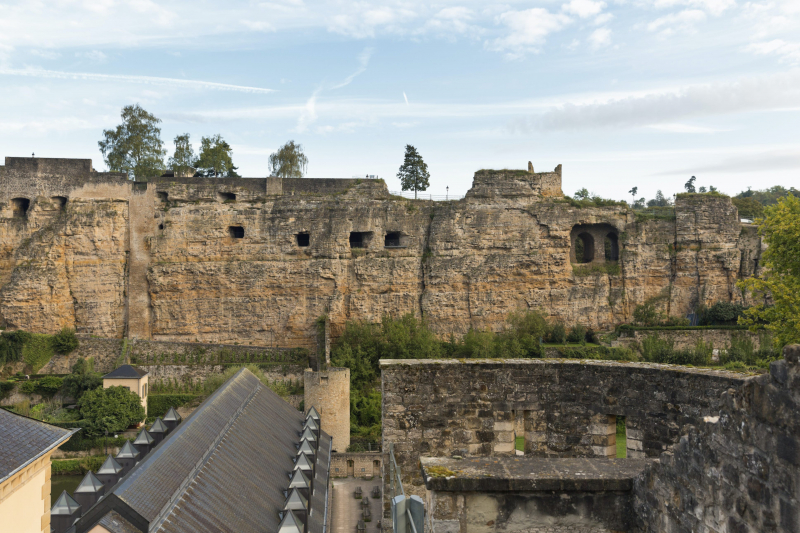Bock Casemates
The earliest of the underground tunnels and corridors are known as the Bock Casemates was constructed in 1644 by the Spanish, and later developed by the French and the Austrians. The Bock Casemates, a section of Luxembourg's renowned defenses, reached a maximum depth of 131 feet below and had a maximum length of 14 kilometers.
The Spanish began building the casemates, or defensive cannon emplacements, for the fortress in 1644 using the medieval castle's cellars as a model. The Bock Casemates evolved into much more than gun turrets thanks to extensions made by the renowned French fortification architect Vauban in the 1680s and its full realization by the Austrians in the middle of the 18th century.
Visitors can roam through all of the open tube tunnels, a vast network of main thoroughfares, and several minor, dead-end offshoots in the Bock Casemates, which are now open to the public. Some of the casemates were excavated up to 40 meters below the surface on various levels. The public can access over 17 kilometers of winding staircases and corridors with dirt floors.
They are a component of the Luxembourg City World Heritage Site as well. Even today, visitors can descend from the Bock's heights to examine the enormous military engineering marvel below. A 360-degree panorama of the city is available from the fortress's ruins above.
Location: 10 Mnt de Clausen, 1343 Luxembourg











